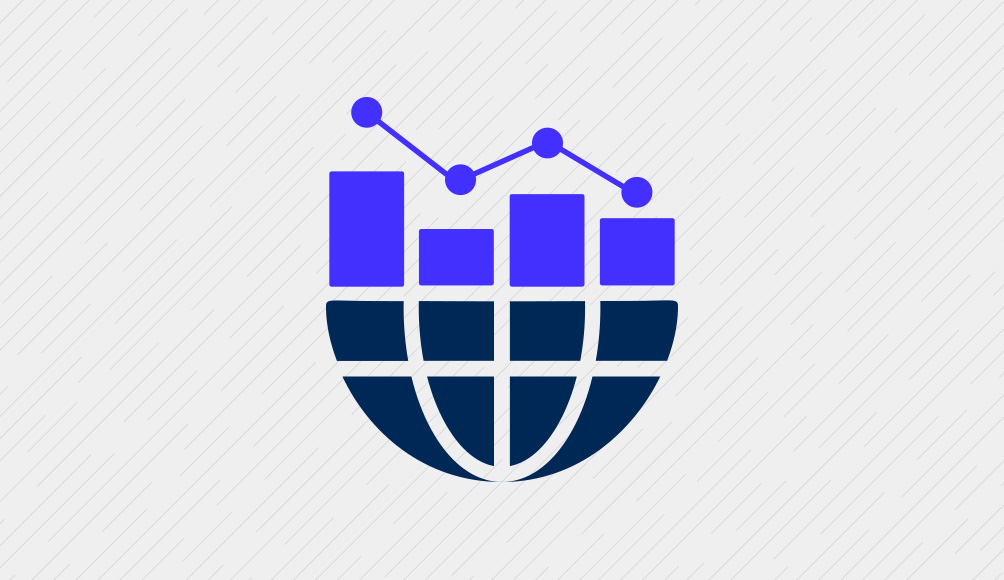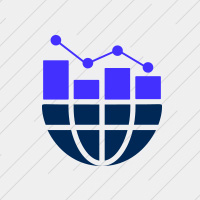
Shivnath Babu
CTO
Unravel Data
MODERATOR


Shrikanth Kannan
Sr. Director Data Services
Rent-A-Center
DISCUSSION LEADER


Joanna Ambrosiewicz
Global Data Operations Leader
Baker Hughes
DISCUSSION LEADER


Kalyana Bedhu
AI/ML Principal | Enterprise Architect
Fannie Mae
DISCUSSION LEADER


Greg Nelson
Sr Director Analytics, CDO
Kelsey-Seybold Clinic
DISCUSSION LEADER

DECEMBER 2022
Speed is the ultimate competitive advantage, and data and analytics leaders are under constant pressure to deliver quality data, quickly. Many Chief Data Officers (CDAOs) are turning to DataOps observability to ensure their data, data pipelines and data platforms are reliable and working efficiently and to gain greater visibility and keep up with the pace of business.
CDAOs in Evanta’s Texas communities recently came together for a Town Hall to discuss DataOps observability and their trials and successes around implementation. Shivnath Babu, CTO at Unravel Data moderated the program with Shrikanth Kannan, Sr. Director Data Services at Rent-A-Center; Joanna Ambrosiewicz, Global Data Operations Leader at Baker Hughes; Kalyana Bedhu, AI/ML Principal, Enterprise Architect at Fannie Mae and Greg Nelson, Sr. Director Analytics, CDAO at Kelsey-Seybold Clinic as discussion leaders.
During this interactive session, data and analytics leaders shared ways to create end-to-end visibility across increasingly complex data estates, how to leverage DataOps observability for FinOps efficiencies and how to ensure ROI from modern data stack investments.
Driving Innovation with DataOps Observability
Babu kicked off the discussion by stating how “every company has become a data company,” and he outlined some of the key challenges that come along with this. He noted how data teams are responsible for innovation, but instead of focusing on delivering insights, creating great products, and driving AI and ML, many are, unfortunately, overwhelmed and devoting too much of their time to addressing poor data quality and cumbersome troubleshooting - slowing innovation and adding costs.
Babu introduced DataOps observability as a methodology to help data and analytics leaders have a holistic view of their data pipeline, explaining how it is a set of intertwined steps that test data applications, the data pipeline and how to deploy them in the Cloud. With improved visibility, data leaders can more easily optimize performance, validate data quality and control costs.
CDAOs gathered in small groups to further discuss their thoughts on DataOps observability and share stories about their personal experiences in this area.
Key Takeaways from the Discussion
- Data and analytics leaders are challenged in modernizing efforts in driving enterprise data value. Many CDAOs voiced that they are struggling to modernize their legacy systems and processes, especially those from established organizations that have been around for decades. One CDAO shared, “The journey of working with data and modernization is very real.” Data leaders undergoing mergers and acquisitions expressed their own set of difficulties since each company is on its own path to modernization. To overcome these challenges, one CDAO noted how they are creating teams within their organization that work as startups to create modern templates and bring them to the masses. Beyond these technical challenges, many CDAOs expressed how cost is also an inhibitor to their modernization journey.
- Data and analytics leaders shared how to navigate partnership with financial enterprise leadership. One group shared how partnering with financial leaders is an opportunity area for CDAOs in 2023. They explained that since “pay-as-you-go” and cloud assets are not fixed assets, bills can increase rapidly. One CDAO shared how they are building a relationship with their colleagues in finance, and they stated, “We’re scheduling meetings with CFOs and financial leaders and showing the actual cost and breakout of utilization.” This has led to them having a financial partner monitor their costs, and they are now able to better identify the business partners who over-utilize assets. Another CDAO advised peers who want to improve their relationship with financial leaders to clearly define the value proposition, quantify it and estimate the cost before starting conversations.
- Data and analytics leaders continue to create a data-driven culture to propel innovation. CDAOs shared numerous ways they are striving to bring about a data-driven culture within their organizations. One CDAO is utilizing hackathons, with rewards, to empower their teams to find solutions and keep them motivated to be successful. Another expressed how they continuously meet with data users to drive participation. Another data leader added how recognition is crucial to deepening the data-driven culture, and they stated, “Make sure they know their work is valuable and are given recognition on an individual level.”
Continue the Conversation
Find your local Evanta CDAO Community to connect with C-level executives from the world's leading organizations and discuss the most critical issues impacting data and analytics leaders today, or see when your CDAO community is gathering next here.
by CDAOs, for CDAOs
Join the conversation with peers in your local CDAO community.





